Opening 29/01 - 29/01 - 15/03, 2014
-
Alice Ronchi
Breakfast on the Grass
There is a moment when, at a party, someone turns on the stereo and to everyone’s surprise an old hit begins to play: in an while all of the people scattered about the house exchange glances, smile, and, complicit in having recognized it, start dancing.
This is the way Breakfast on the Grass expresses a new idea of landscape: a group of people, initially sitting apart from one another, meet and come together in an ensemble. Suddenly the space and the perception of that place are completely changed, one is no longer able to distinguish single elements, but rather we find ourselves inside a system of relations.
The works Kilimanjaro (stones anxious to grow), Breakfast on the Grass (a playground structure for birds that accidentally enter the house), Turchino (an infinite sequence of fishes in love) and Flora (vain urban structures) blend together in the gallery space to form that same ensemble, that very landscape, which here seems like a ‘wood’.
A place situated on the edge of the reality of a walk in the country and a fairy tale illustrated by Walt Disney, where the stereotypical image of nature is depicted through smiling flowers, singing birds and a sun that never sets. It is a stereotype that contains a profound hidden harmony activated by that joyful sun which is revealed to be not so far from ours after all and which shows us the simplicity of the grass and the beauty of the morning, the suggestion from which the show develops.
Breakfast on the Grass is that exact moment in which all the guests at the party look at one another, it is the dialogue among its parts and the meeting of two worlds: that of everyday life made up of rationality and that of the imagination; both belong to that same reality in which one can observe the ceramics on display and at the same time count the fishes swimming by.
There is a moment when, at a party, someone turns on the stereo and to everyone’s surprise an old hit begins to play: in an while all of the people scattered about the house exchange glances, smile, and, complicit in having recognized it, start dancing.
This is the way Breakfast on the Grass expresses a new idea of landscape: a group of people, initially sitting apart from one another, meet and come together in an ensemble. Suddenly the space and the perception of that place are completely changed, one is no longer able to distinguish single elements, but rather we find ourselves inside a system of relations.
The works Kilimanjaro (stones anxious to grow), Breakfast on the Grass (a playground structure for birds that accidentally enter the house), Turchino (an infinite sequence of fishes in love) and Flora (vain urban structures) blend together in the gallery space to form that same ensemble, that very landscape, which here seems like a ‘wood’.
A place situated on the edge of the reality of a walk in the country and a fairy tale illustrated by Walt Disney, where the stereotypical image of nature is depicted through smiling flowers, singing birds and a sun that never sets. It is a stereotype that contains a profound hidden harmony activated by that joyful sun which is revealed to be not so far from ours after all and which shows us the simplicity of the grass and the beauty of the morning, the suggestion from which the show develops.
Breakfast on the Grass is that exact moment in which all the guests at the party look at one another, it is the dialogue among its parts and the meeting of two worlds: that of everyday life made up of rationality and that of the imagination; both belong to that same reality in which one can observe the ceramics on display and at the same time count the fishes swimming by.
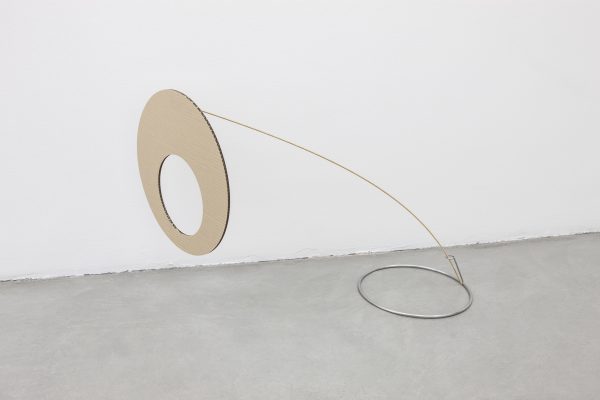 Colazione sull’erba (fiore), 2014cardboard, stainless steel
Colazione sull’erba (fiore), 2014cardboard, stainless steel
56×80×33 cm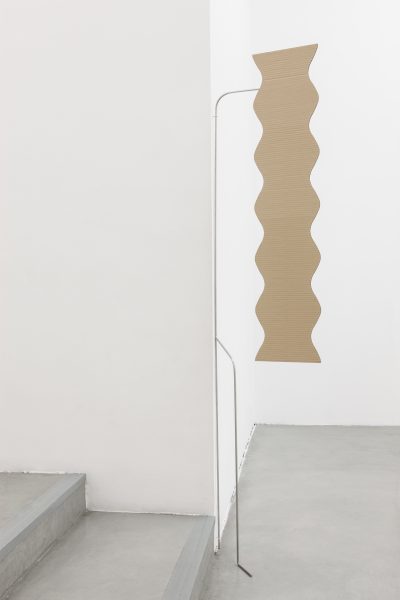 Colazione sull’erba (donna), 2014cardboard, stainless steel
Colazione sull’erba (donna), 2014cardboard, stainless steel
190×50×60 cm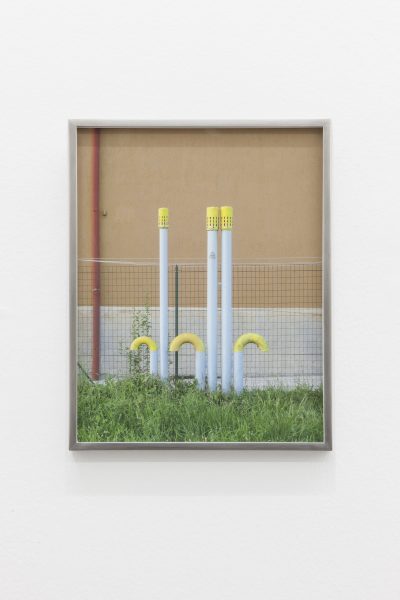 Flora, 2014c-print on backlit, stainless steel
Flora, 2014c-print on backlit, stainless steel
36,6×28,8 cm
Edition 3/3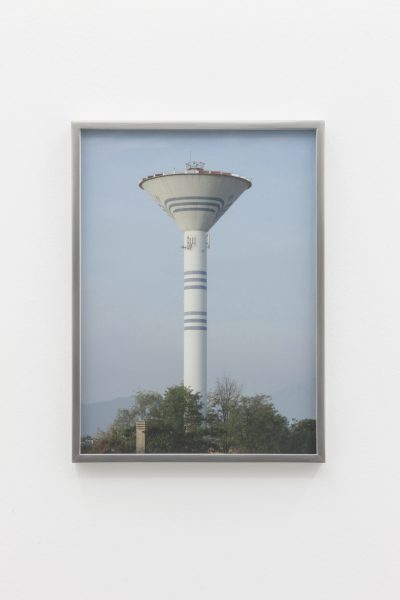 Flora, 2014c-print on backlit, stainless steel
Flora, 2014c-print on backlit, stainless steel
36,6×27,2 cm
Edition 3/3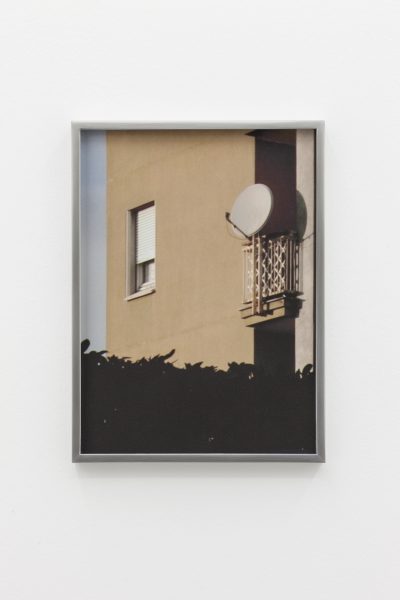 Flora, 2014c-print on backlit, stainless steel
Flora, 2014c-print on backlit, stainless steel
36,6×27,2 cm
Edition 2/3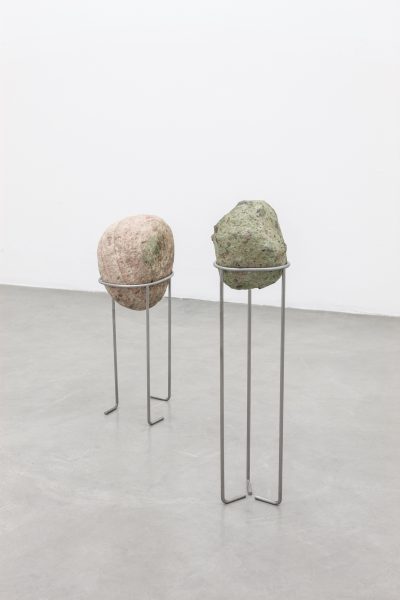 2Heidi and Edie (Kilimanjaro), 2014stone, stainless steel
2Heidi and Edie (Kilimanjaro), 2014stone, stainless steel
dimensions variable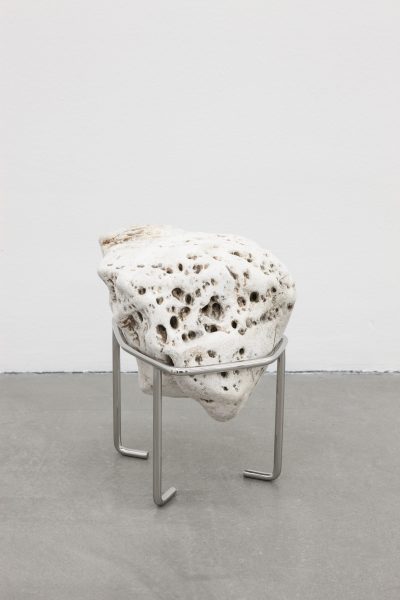 Vincent (Kilimanjaro), 2014stone, stainless steel
Vincent (Kilimanjaro), 2014stone, stainless steel
40×35×20 cm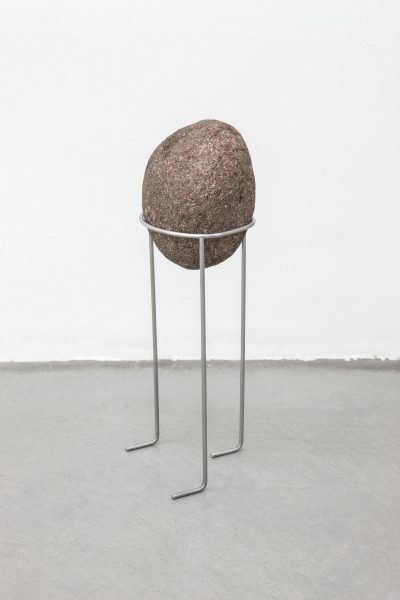 Victor (Kilimanjaro), 2014stone, stainless steel
Victor (Kilimanjaro), 2014stone, stainless steel
45×15×15 cm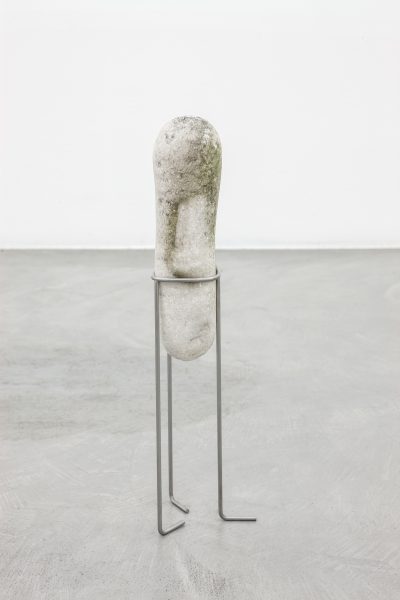 Iris (Kilimanjaro), 2014stone, stainless steel
Iris (Kilimanjaro), 2014stone, stainless steel
60×7×12 cm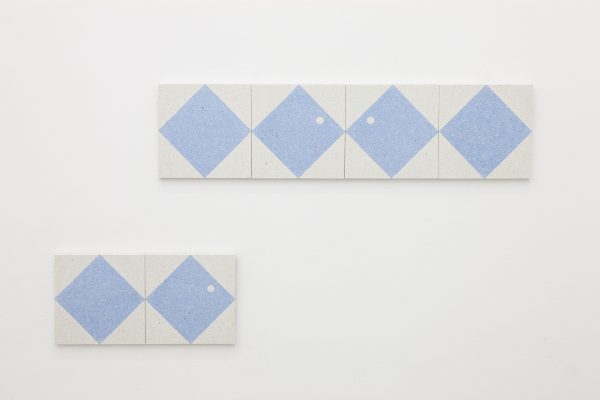 Turchino , 2014graniglia
Turchino , 2014graniglia
20×20×each cm
site specific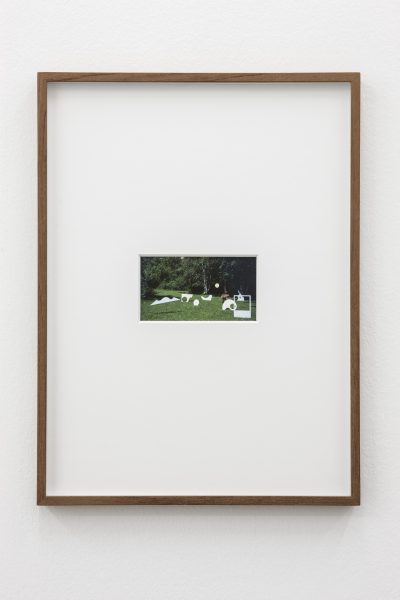 I giardini di Henri, 2014c-print
I giardini di Henri, 2014c-print
53,5×40 cm



































